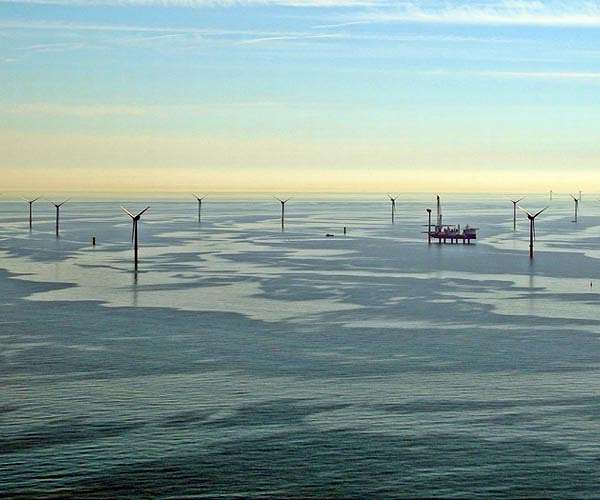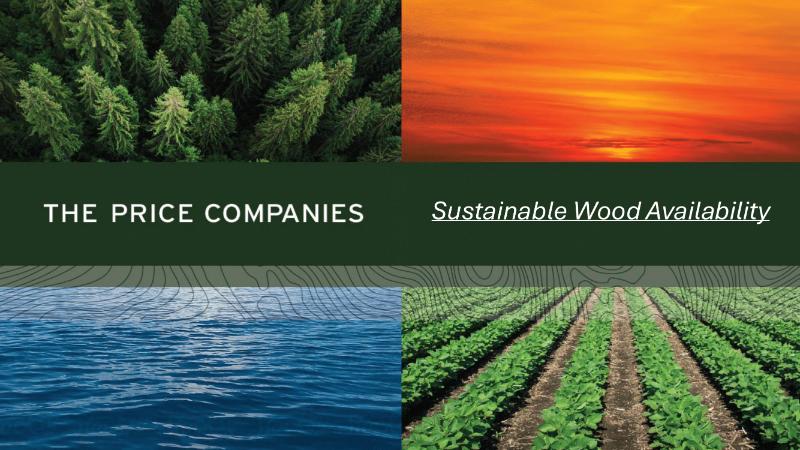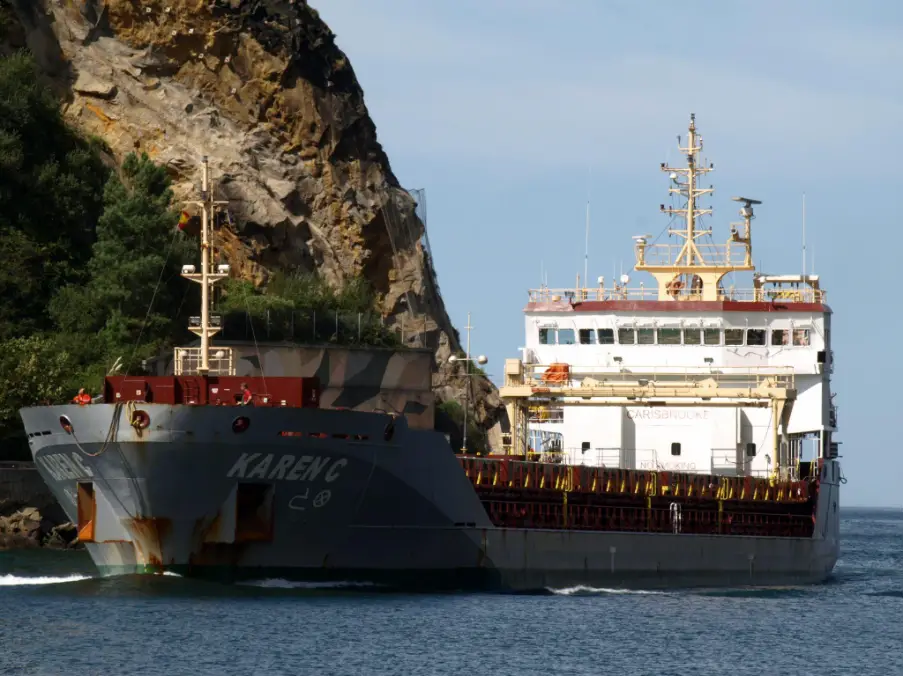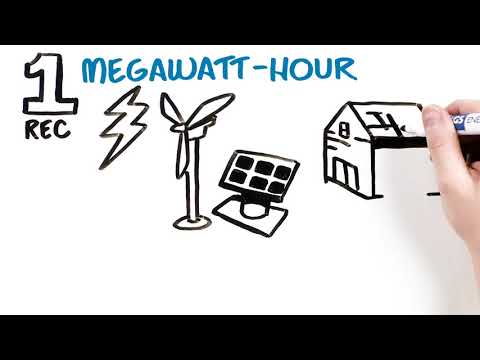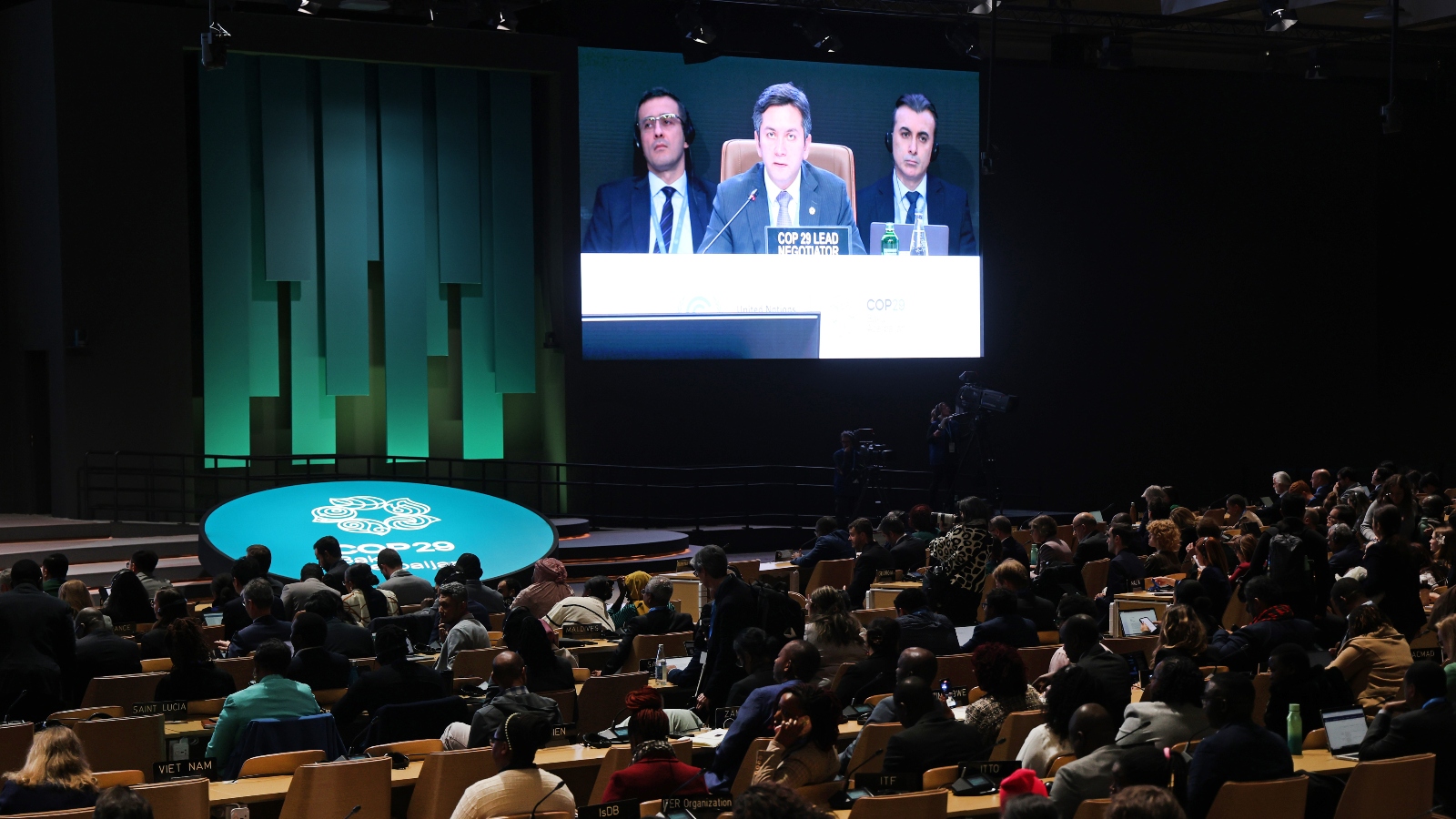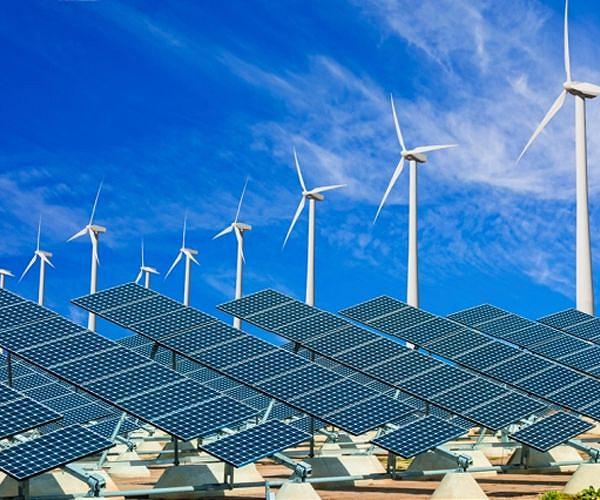
On 16 March, the European Commission issued a proposed Net Zero Industry Act and a Critical Raw Materials Act, the building blocks of the EU’s Green Deal Industrial Plan. Together with a State aid framework adopted last week that also supports the Plan, the EU aims to accelerate the transition towards a net-zero economy and ensure its own economy benefits the most from it.
In this article:
The European Commission presented the Green Deal Industrial Plan on 1 February. The Plan’s goal is to enhance the competitiveness of Europe’s net-zero industry and support the fast energy transition by providing a more supportive environment for scaling up the EU’s manufacturing capacity for net-zero technologies.
The Green Deal Industrial Plan builds on previous initiatives and relies on the EU Single Market approach, complementing ongoing efforts under the European Green Deal and REPowerEU.
The Net Zero Industry Act
With the Net Zero Industry Act (NZIA), the Commission wants to increase the manufacturing capacity of net-zero technologies in the EU and support investment in this field. These technologies include solar photovoltaic and solar thermal, onshore and offshore renewable energy, battery/storage, heat pumps and geothermal energy, electrolysers and fuel cells, sustainable biogas/biomethane, carbon capture and storage and grids.
“We need a regulatory environment that allows us to scale up the clean energy transition quickly. The Net-Zero Industry Act will do just that. It will create the best conditions for those sectors that are crucial for us to reach net-zero by 2050: technologies like wind turbines, heat pumps, solar panels, renewable hydrogen as well as CO2 storage. Demand is growing in Europe and globally, and we are acting now to make sure we can meet more of this demand with European supply”, said the President of the European Commission, Ursula von der Leyen.
The Act sets specific targets for annual manufacturing capacities for each of these technologies and for wind energy the target is set to 36 GW.
To boost the manufacturing capacity, one of the plans under the NIZA Act is to lower the administrative burden for developing net-zero manufacturing projects by streamlining administrative requirements and facilitating permitting, setting up regulatory sandboxes and ensuring access to information.
Furthermore, the Act aims to facilitate access to markets through specific measures related to public demand via public procurement procedures and auctions, as well as through schemes to support private demand by consumers.
“Given their role, these technologies should benefit from even faster permitting procedures, obtain the status of the highest national significance possible under national law and benefit from additional support to crowd-in investments”, the NIZA Act states.
The Act also requires Member States to apply non-price criteria in their auctions, including environmental sustainability, energy system integration, and contribution to the resilience of clean tech supply chains.
According to the Act, scaling up of the manufacturing of net-zero technologies should be carried out across the whole supply chain of the technologies, in full complementarity with the Critical Raw Materials Act, which the European Commission proposed in parallel with the NIZA.
The Critical Raw Materials Act
Through the Critical Raw Materials Act (CRMA), the Commission has outlined several actions to ensure the EU will have access to “a secure, affordable and sustainable supply of critical raw materials”, which are a key part of the net-zero industry, and with demand to increase dramatically, the EU wants to minimise its heavy reliance on imports.
One of the actions under this Act is also to make permanent magnets, used in wind turbines and electric vehicles, a priority product for increasing circularity.
The CRMA has updated the list of critical raw materials and brought a list of strategic raw materials, crucial for technologies that will build the EU’s green and digital infrastructure and for applications in defence and space industries.
The Act also sets targets for domestic capacities in the strategic raw material supply chain and to diversify EU supply by 2030:
- At least 10{7bfcd0aebedba9ec56d5615176ab7cebc5409dfb82345290162ba6c44abf8bc8} of the EU’s annual consumption for extraction,
- At least 40{7bfcd0aebedba9ec56d5615176ab7cebc5409dfb82345290162ba6c44abf8bc8} of the EU’s annual consumption for processing,
- At least 15{7bfcd0aebedba9ec56d5615176ab7cebc5409dfb82345290162ba6c44abf8bc8} of the EU’s annual consumption for recycling,
- Not more than 65{7bfcd0aebedba9ec56d5615176ab7cebc5409dfb82345290162ba6c44abf8bc8} of the Union’s annual consumption of each strategic raw material at any relevant stage of processing from a single third country.
“The EU needs to mitigate the risks for supply chains related to such strategic dependencies to enhance its economic resilience, as highlighted by shortages in the aftermath of the Covid-19 and the energy crisis following Russia’s invasion of Ukraine. This can put at risk the EU’s efforts to meet its climate and digital objectives”, the CRMA Act reads.
According to the CRMA, the EU’s demand for rare earth elements from which the permanent magnets used in wind turbines are manufactured is expected to increase six- to seven-fold by 2050 and demand for gallium, used to make semiconductors, is expected to grow 17-fold by that time.
Current and planned capacities risk not meeting more than 50 per cent of the projected demand for
cobalt and future demand increase for rare earths is expected to outpace growth in capacities, the Act states.
“Most permanent magnets, especially the most performant types, contain critical raw materials, such as neodymium, praseodymium, dysprosium and terbium, boron, samarium, nickel or cobalt. Their recycling is possible but today only performed in the Union at a small scale or in the context of research projects. Permanent magnets should therefore be a priority product for increasing circularity”.
WindEurope Says Green Deal Industrial Plan a Timid Step in the Right Direction
Following the release of the two Acts, WindEurope said the Green Deal Industrial Plan was “a timid step in the right direction” and that much more work was needed for the Plan to deliver the clean technology expansion Europe needed.
The NZIA does not yet establish new EU Funding and Financing mechanisms, the wind industry organisation said.
“The Commission envisages a new Sovereignty Fund to support clean tech supply chains. It will propose it this Summer. As a bridging instrument the Commission identifies the EU Innovation Fund. But the NZIA doesn’t say how this will work. The Innovation Fund will need to be recast to deliver on the objectives of the NZIA. It is overly focused on technological breakthroughs, rather than actual scaling up of existing supply chains. Which is what Europe so badly needs”, WindEurope states.
While nearly all the wind turbines installed in Europe last year were manufactured, this needs to scale up dramatically to deliver on the REPowerEU objectives, according to the organisation.
WindEurope also commented on the proposed auction requirements for supply chain resilience, saying that this concept was complex and “the best way to define it would be with simple criteria recognising the economic and societal value of European supply chains to delivery energy security of supply”.
Giles Dickson, WindEurope CEO, said: “The EU’s Green Industry Plan falls short as it stands. Fine, let’s aim to make 36 GW of wind turbines in Europe every year. But how? National Governments have some new flexibility to support green industries, though how they’ll use it is unclear”.
“Then the EU financial support is still to come. The Sovereignty and Innovation Funds will be key, but the EU must move on from its obsession with technology breakthroughs. Expanding renewable supply chains is a volume game – we simply don’t have enough factories and infrastructure today to build and install the volumes Europe wants. It’s good that Governments now have to put a premium on sustainability and resilience in their renewables supply chains – it’s crucial they get the detail right here. So there are lots of things still to get right to ensure this Plan delivers”.
Regarding the CRMA Act, WindEurope says the European Commission has adopted a balanced approach on permanent magnets, a key component in many wind turbines, which will first focus on building a recycling supply chain by 2030.
However, the organisation noted that Act does not include glass-fibre materials, which are very important components of wind turbine blades. For these, too, the European industry heavily depends on imports, WindEurope said.
Nevertheless, the wind industry is already working on this part, the organisation said.
“It’s started using recyclable blades in the Kaskasi wind farm in Germany and will now install over 40 recyclable blades in the Sofia wind farm in the UK. Despite these efforts the Commission will have to do something to tackle Europe’s dependencies here as it is doing with the CRMA”, WindEurope stated.

